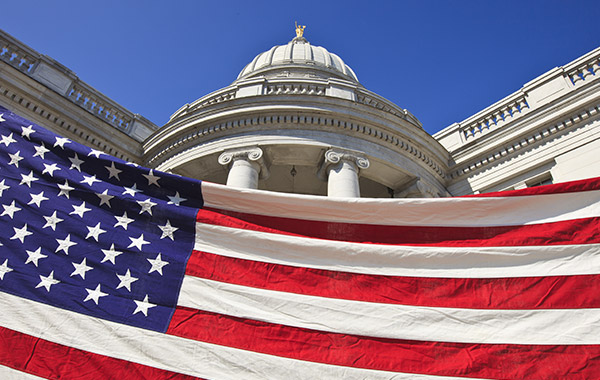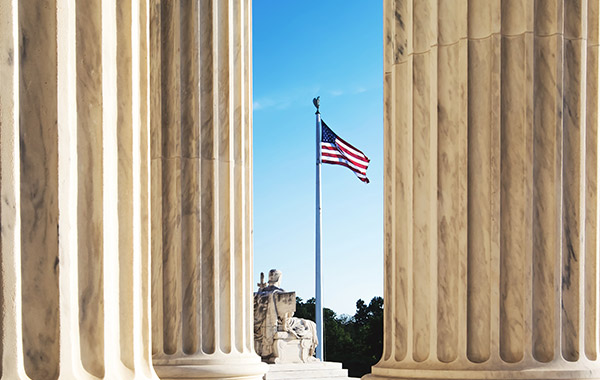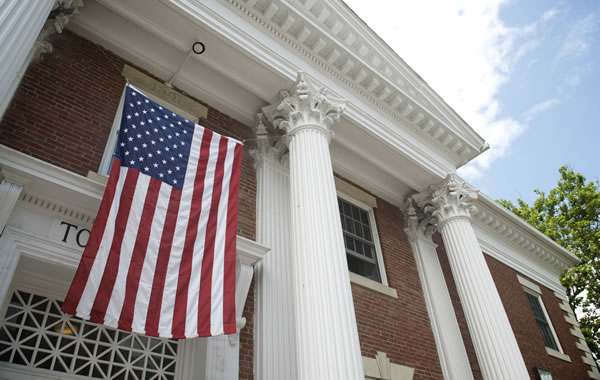Government Contracting Database
Disruption
It is well established that the increased cost of disrupted unchanged work flowing directly from a change is compensable under the changes clause. See Luria Brothers & Co., v. United States, 177 Ct. Cl. 676, 369 F.2d 701 (1966); Fireman’s Fund Ins. Co. v. United States, 92 Fed. Cl. 598, 675 (2010); Merritt-Chapman & Scott Corp. v. United States, 192 Ct. Cl. 851, 429 F.2d 431 (1970).
The burden rests with the contractor not merely to show that delay and disruption resulted from government actions or inactions but also to establish their extent. Bruno Law v. United States, 195 Ct.Cl. 370 (1971); Catel, Inc. v. United States, No. 05-1113 C, 2012 WL 3104366, at *34 (Fed. Cl. July 30, 2012); Fireman’s Fund Ins. Co. v. United States, 92 Fed. Cl. 598 (2010)
Disruption or more arduous working conditions do not entitle a contractor to an equitable adjustment unless there is a reasonable showing of extra cost–even where the government is the culprit. Cf. Essential Constructors, Co., Inc., ASBCA No. 18544 et al, 78-1 BCA ¶ 13,021; Singleton Contracting Corp., ASBCA No. 28442, 84-1 BCA ¶ 17,042; Lake State Manufacturing Corporation, ASBCA No. 17286, 73-2 BCA ¶ 10,190 at 47,995. In other words, a showing of some damage traceable to the liability-producing event is a necessary ingredient of establishing entitlement to recovery. Appeal of Le-Gals, Inc., NASA BCA No. 1285-15, 88-2 B.C.A. ¶ 20703 (May 4, 1988) (citing Midwest Spray & Coating Co. v. United States, 176 Ct.Cl. 1331, 1338 (1966)).
Included in the legal concept of “change” is the necessity for showing that the contractor has incurred increased costs. In order to prevail on the question of liability, the contractor necessarily has to establish that it was damaged in some degree, even though the precise amount of damages may not be initially litigated, and a trial may be limited to the question of liability. Even if the government’s action is considered a breach and not a change, the rule is not different. The absence of evidence establishing any damage precludes entitlement to recovery.
As recognized in Bell BCI Co. v. United States, 72 Fed. Cl. 164, 168 (2006); and U.S. Steel Industries. Inc. v. Blake Constr. Co., 671 F.2d 539 (D.C. Cir. 1987), disruption damages are distinct from delay damages in that disruption damages compensate a contractor for actions that make its work more difficult and expensive than anticipated and reasonable, whereas delay damages compensate a contractor for the additional costs of having to stay on a project longer than anticipated.
It is also well recognized that a contractor has a right to perform according to its original schedule and is entitled to recover for loss of efficiency caused by disruptions which cause it to work out of sequence. Youngdale & Sons Constr. Co. v. United States, 27 Fed. Cl. 516 (1993); Louis M. McMaster, Inc., AGBCA No. 76-156, 79-1 BCA ¶ 13,701 (1979); Fischbach & Moore Int’l Corp., ASBCA No. 18146, 77-1 BCA ¶ 12,300 (1977), aff’d 617 F.2d 223 (Ct. C1. 1980); H. John Homan Co. v. United States, 418 F.2d 522, 525 (Ct. C1. 1969).
Updated: June 25, 2018
Looking for additional government contracting resources?
Search Our Database





























